Disclosure: This article contains affiliate links. We may earn a commission from purchases at no extra cost to you, which helps our travel content.
As I stood in Place des Cinéastes, surrounded by the pulsating energy of West Africa's cultural epicenter, I couldn't help but marvel at how Ouagadougou's urban fabric weaves together colonial influences and indigenous Mossi design principles. This city—often overlooked by conventional tourism—offers an unparalleled window into the cultural soul of West Africa, particularly during the cooler winter months when the Harmattan winds temper the Sahel's fierce heat. My week-long solo expedition through Burkina Faso's capital revealed a metropolis where tradition and innovation dance in fascinating harmony.
Navigating the Cultural Landscape of Ouagadougou
Understanding Ouagadougou requires embracing its dual identity—a traditional Mossi settlement transformed by French colonial influence into the administrative capital of Burkina Faso. The city's grid-like central district gives way to more organic neighborhood layouts as you venture outward, creating a fascinating study in urban evolution.
My exploration began at the Grand Marché, where the architectural structure itself tells a story of resilience. After a devastating fire in 2003, the market was rebuilt with improved ventilation and safety features while maintaining its cultural significance. The labyrinthine passages house vendors selling everything from intricate bronze sculptures to vibrant wax-print fabrics that have become the canvas for local fashion designers.
I found navigation surprisingly manageable using the offline maps app I'd downloaded before arrival—essential given the unreliable mobile data. While many travelers stick to hired taxis, I opted to experience the city like locals do, using the green-painted taxis-villes that follow set routes for just 200-300 CFA (about $0.50) per journey.
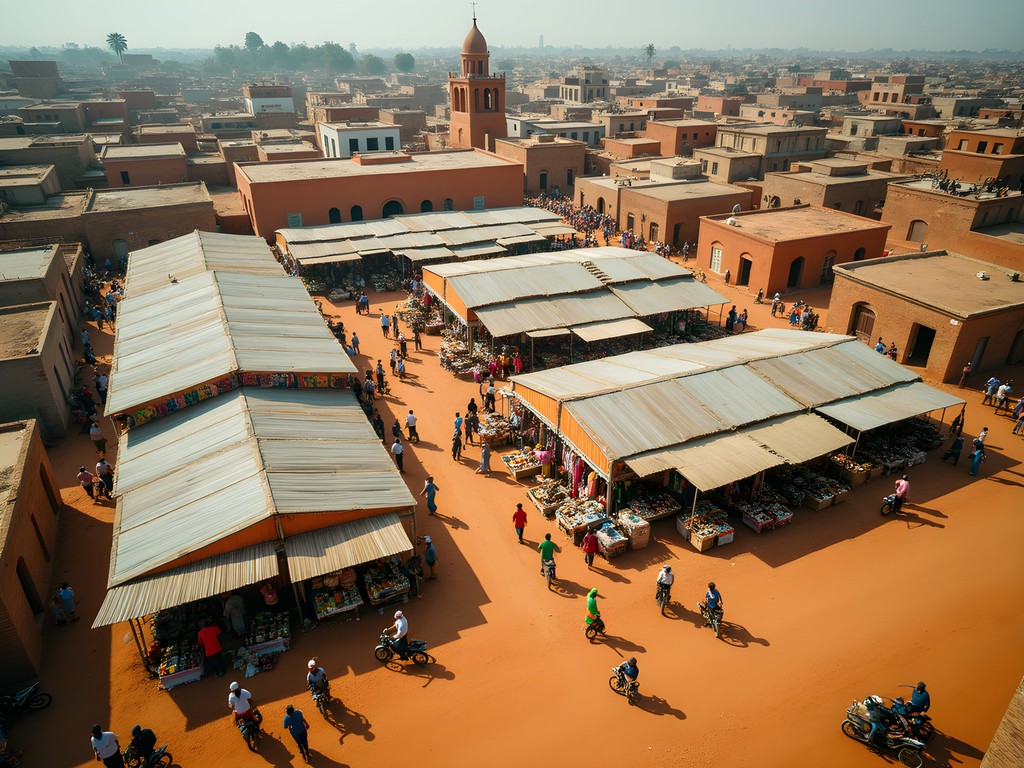
💡 Pro Tips
- Download an offline map app before arrival as mobile data can be unreliable
- Learn basic French phrases as English is not widely spoken
- Carry a reusable water bottle with built-in filter to stay hydrated safely
FESPACO: Africa's Premier Film Festival
Timing my visit to coincide with FESPACO (Festival Panafricain du Cinéma et de la Télévision de Ouagadougou) was perhaps my most strategic decision. Held biennially in February-March, this festival transforms Ouagadougou into the cinematic capital of Africa, drawing filmmakers and cinephiles from across the continent and beyond.
The architectural centerpiece of FESPACO is the magnificent Burkina Faso National Stadium, where outdoor screenings under star-filled skies create an atmosphere unlike any film festival I've experienced in more developed nations. The juxtaposition of contemporary cinema against traditional Burkinabé structures creates a powerful visual dialogue about cultural preservation and progress.
I spent evenings at Cinema Neerwaya, where heated discussions about films continued long after screenings ended. These conversations, fueled by locally brewed dolo beer, offered insights into how Burkinabé filmmakers address urbanization, tradition, and social change—themes that resonate deeply with my work in city planning.
To fully appreciate the screenings, I relied on my portable translator device to help with French and Mooré translations when subtitles weren't available. This pocket-sized device became invaluable throughout my stay, facilitating deeper connections with locals eager to discuss their cultural heritage.
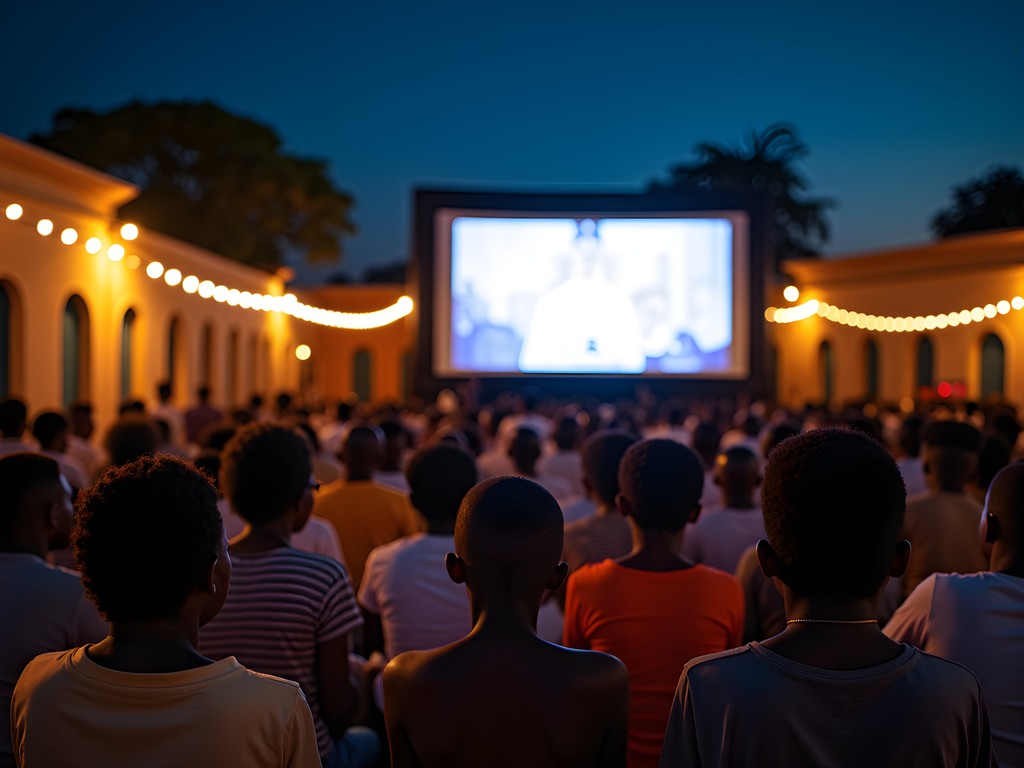
💡 Pro Tips
- Book accommodations months in advance if visiting during FESPACO
- Attend the opening ceremony at Place des Cinéastes for the full cultural experience
- Purchase tickets early for major screenings as they sell out quickly
The Artisan District: Where Tradition Meets Innovation
The Village Artisanal de Ouagadougou represents one of the most successful urban planning initiatives I've encountered in developing nations. Rather than relegating craftspeople to tourist markets, this purpose-built complex provides workshops, exhibition spaces, and direct sales venues for over 500 artisans.
The architectural design thoughtfully incorporates traditional Mossi building techniques—including laterite brick construction and passive cooling systems—while adding modern amenities that allow artisans to work efficiently. I spent two full days here, mesmerized by bronze casters using lost-wax techniques unchanged for centuries and weavers creating complex patterns on narrow-strip looms.
The most fascinating aspect was witnessing how contemporary artists incorporate traditional motifs into modern designs. I commissioned a piece from a bronze artist who explained how he balances ancestral techniques with contemporary themes addressing climate change and urban development.
To document these intricate processes, I used my waterproof notebook which proved essential during a sudden downpour. The specialized paper allowed me to continue sketching architectural details and making notes even as other tourists scrambled to protect their belongings.
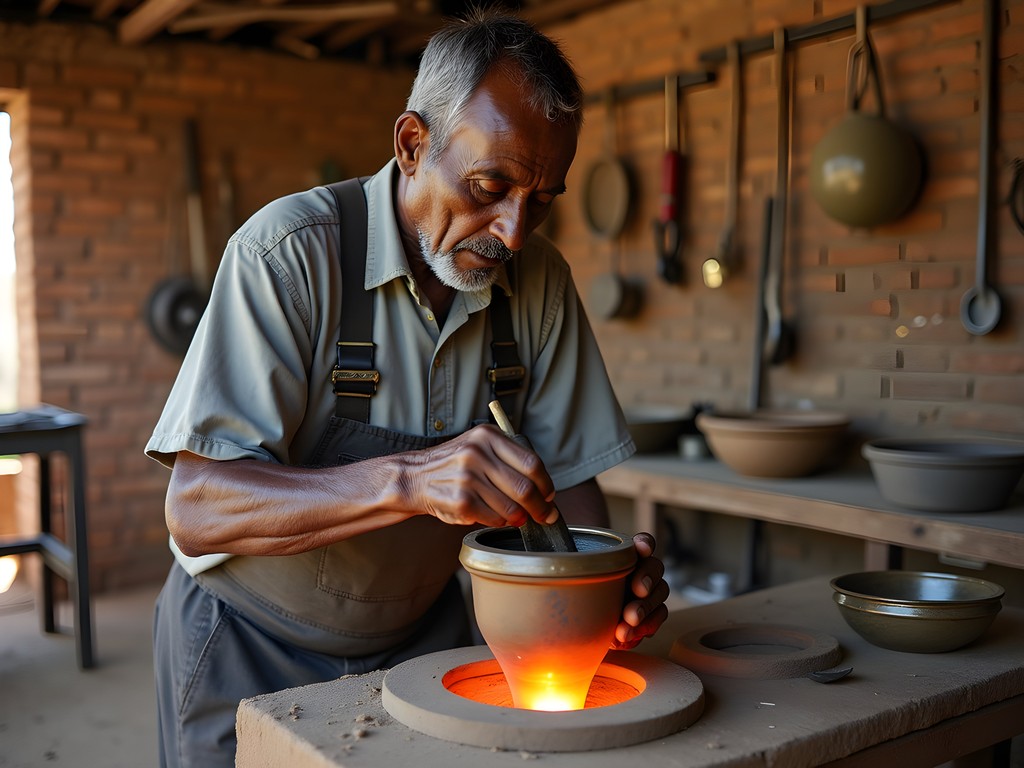
💡 Pro Tips
- Visit workshops in morning hours when artisans are most active
- Ask permission before photographing artisans at work
- Bring small denominations of CFA for purchases as change can be limited
Sacred Rhythms: Music and Dance Traditions
For an urban planner accustomed to analyzing how cities designate spaces for cultural expression, Ouagadougou offers fascinating case studies in how music and dance remain integrated into daily life rather than confined to formal venues.
At the Maison du Peuple, I witnessed a Djembe drumming circle that began spontaneously in late afternoon and continued well into evening. The circular arrangement of performers and spectators created a natural amphitheater effect, demonstrating how traditional performance spaces often achieve superior acoustic and social engagement compared to many modern venues.
The highlight of my musical exploration came through a workshop at the National Museum where I learned the basics of balafon (traditional xylophone) playing. My instructor, a 70-year-old griot named Moussa, explained how each instrument is constructed to honor specific ancestral spirits—a dimension of musical architecture I'd never considered.
To fully immerse myself in the experience, I wore my lightweight travel pants which provided sufficient modesty for cultural settings while remaining comfortable in the heat. Their quick-dry fabric proved invaluable when I found myself caught in an impromptu dance lesson during a community celebration!
For those seeking to understand the mathematical precision behind Burkinabé rhythms, I recommend attending a performance by the National Ballet at the Maison du Peuple. Their performances, typically held on Friday evenings, demonstrate how traditional movement patterns reflect architectural principles—with dancers creating ephemeral spatial structures through carefully coordinated movements.

💡 Pro Tips
- Bring small gifts (not money) if invited to participate in community music events
- Remove shoes before entering traditional music spaces as a sign of respect
- Ask permission before recording any traditional performances
Architectural Heritage and Urban Transformation
As a city planner, I was particularly drawn to Ouagadougou's architectural contrasts—from the modernist concrete of the Monument des Héros Nationaux to the traditional compounds of the old Mossi neighborhoods. The city offers a living laboratory of how urban spaces evolve when resources are limited but cultural identity remains strong.
The most striking example is the Cathédrale de l'Immaculée Conception, where European ecclesiastical architecture has been reinterpreted through local building traditions. The cathedral's massive laterite brick construction demonstrates how indigenous materials can be adapted to new structural forms—a lesson in sustainability that many Western cities could learn from.
For those interested in contemporary African architecture, the headquarters of FESPACO presents a masterclass in climate-responsive design. Its strategic orientation, deep overhangs, and perforated screens create comfortable interior spaces without energy-intensive cooling systems—principles I've since incorporated into my own planning work in Australia.
To record the precise color variations in the laterite structures, I used my color matching tool which allowed me to document the exact earth tones for later reference. This compact device has become essential for my architectural documentation work, especially when studying vernacular building traditions.
The most profound architectural experience came from visiting a traditional Mossi compound in the outskirts of the city. The family compound demonstrated sophisticated passive cooling techniques through strategic orientation, thermal mass, and natural ventilation—indigenous knowledge that predates modern sustainable design by centuries.
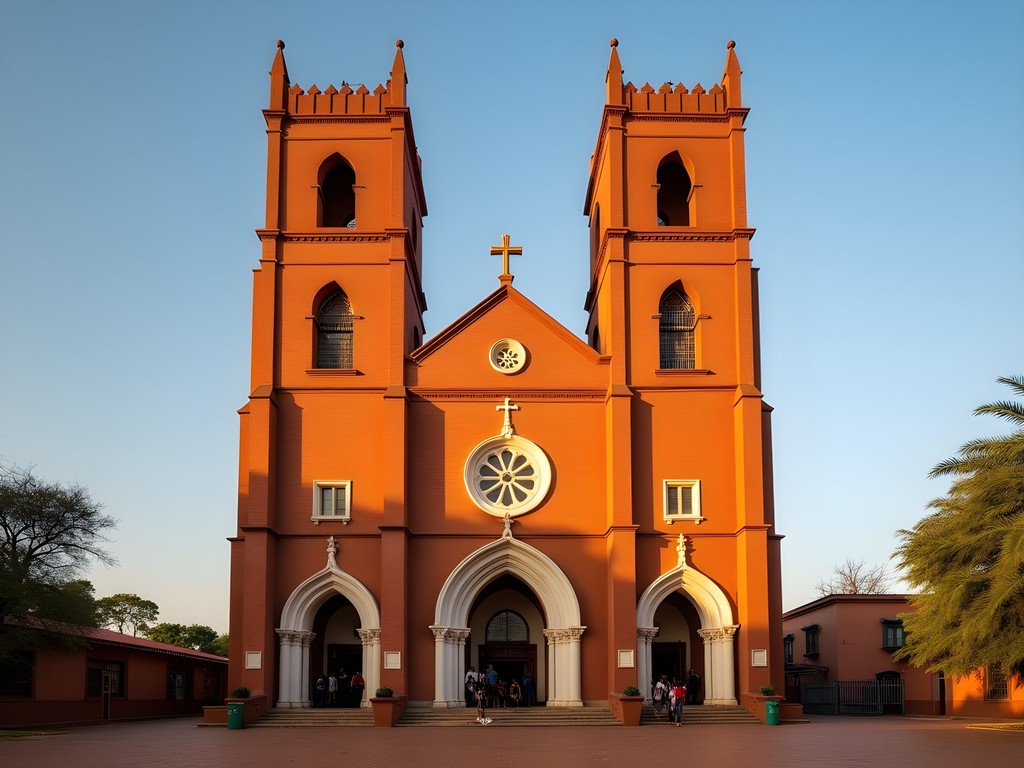
💡 Pro Tips
- Visit architectural sites early morning or late afternoon when lighting accentuates textures
- Seek permission before entering religious structures
- Bring a compass to note building orientations and understand passive design strategies
Final Thoughts
Leaving Ouagadougou, I carried with me not just memories and sketches, but a profound appreciation for how this city maintains cultural authenticity while embracing necessary change. As urban planners worldwide grapple with homogenization, Ouagadougou demonstrates that progress need not erase identity—that traditional knowledge often contains solutions to contemporary challenges.
For the solo traveler willing to venture beyond comfort zones, this city offers rewards that far outweigh its challenges. Yes, you'll contend with dust, language barriers, and infrastructure limitations. But you'll also experience cultural immersion impossible to find in more touristed destinations.
My professional perspective on urban spaces has been forever altered by witnessing how Ouagadougou's residents transform limited resources into vibrant community experiences. The next time you consider a cultural journey, I urge you to look beyond the obvious destinations. In Ouagadougou's rust-colored streets and rhythmic heartbeat, you might just discover, as I did, that the most profound cultural experiences often await in places where tourists rarely tread.
✨ Key Takeaways
- Timing your visit during cultural festivals like FESPACO maximizes the immersive experience
- Learning basic French phrases significantly enhances your ability to connect with locals
- The city's architectural heritage offers valuable lessons in sustainable design and cultural adaptation
- Traditional arts and music remain living practices rather than tourist performances
- Solo travel in Ouagadougou requires patience and flexibility but offers authentic cultural exchange
📋 Practical Information
Best Time to Visit
November to February (dry season)
Budget Estimate
$30-50 USD per day (excluding flights)
Recommended Duration
7-10 days
Difficulty Level
Challenging
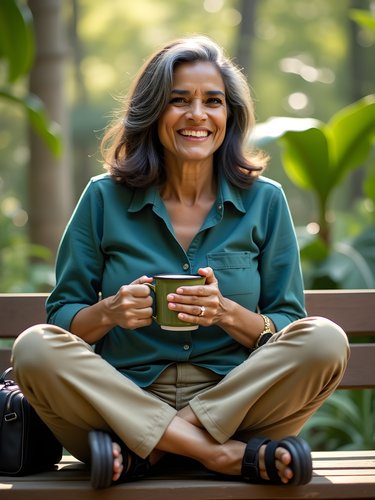
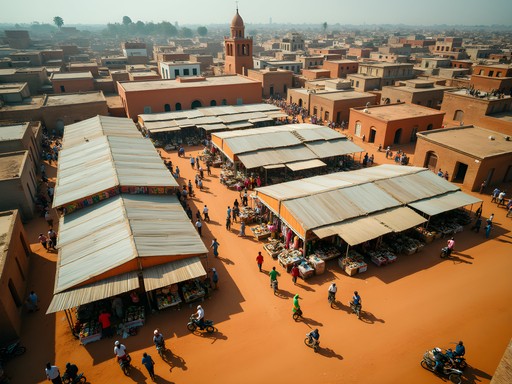

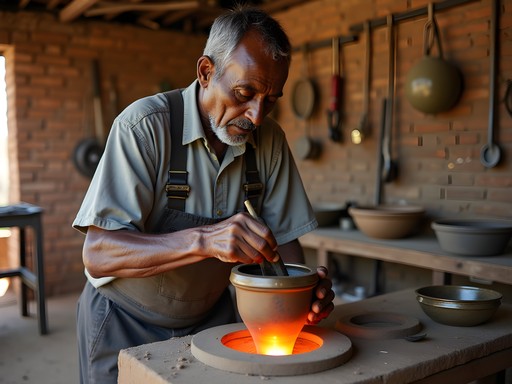
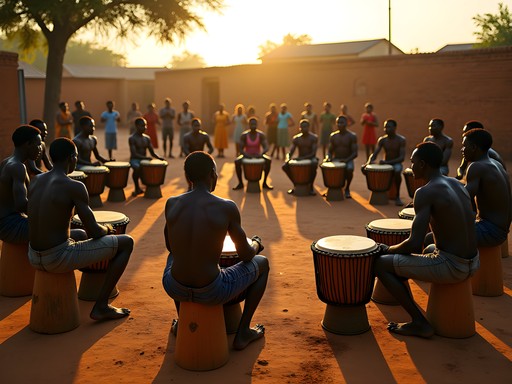
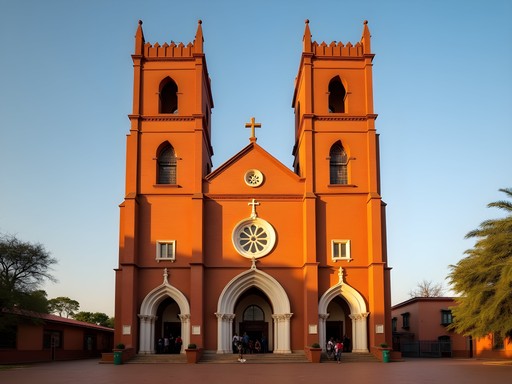










Comments
moonqueen
The way you described those traditional dance performances makes me want to book a flight right now! Do they happen year-round or only during festivals?
luckymaster7850
How safe did you feel as a solo female traveler in Ouagadougou? I've heard mixed things about security in Burkina Faso lately.
Ariana Evans
Great question - I was never alone actually! I traveled with a local guide throughout my stay. The city center felt quite safe during the day, but I avoided certain areas and didn't go out alone at night. The political situation can change quickly, so I'd recommend checking current travel advisories and connecting with other travelers or expats on the ground before planning a trip.
bluelegend
That shot of the sunset drummers at Place des Cinéastes is absolutely stunning! What camera setup are you using?
Ariana Evans
Thanks! Just my trusty mirrorless camera with a 35mm prime lens. The golden hour light in Burkina Faso does all the heavy lifting!
Sage Dixon
Ariana, your piece transported me right back to my time in Burkina! I spent three weeks exploring the country last year, and Ouagadougou's cultural scene was definitely the highlight. For anyone planning to visit, I'd recommend timing your trip around either FESPACO (if you're into film) or the SIAO craft fair that happens every other year. The bronze casting workshops in the artisan quarter are worth spending an entire day - I ended up apprenticing with a master craftsman for two days and still have the (very amateur) mask I made hanging in my living room. One tip: bring a lightweight scarf to cover your camera when the harmattan winds kick up - that fine dust gets EVERYWHERE. I learned that lesson the hard way with my DSLR!
moonqueen
Sage, that bronze workshop experience sounds amazing! Did you need to arrange that in advance or just show up?
Sage Dixon
I just showed up! Most artisans are happy to demonstrate their craft, and if you show genuine interest, many will let you try. Bringing small gifts (art supplies, tools) can be a nice gesture. Just be prepared to get very dirty!
winterqueen
I was in Ouagadougou two years ago and the FESPACO festival was happening! Complete sensory overload in the best possible way. The screenings were packed with locals and travelers alike, and the energy was electric. We ended up meeting some filmmakers from Senegal who took us to this tiny local spot for dinner. Ariana, did you get to try the bissap juice? That stuff is addictive!
Ariana Evans
Yes! Bissap was my daily ritual by the end of the trip. That deep magenta color and tart-sweet flavor became my afternoon pick-me-up. So lucky you got to experience FESPACO firsthand!
winterqueen
Totally! I still make bissap at home sometimes but it's never quite the same. Did you catch any of the music at Place de la Nation? Those impromptu evening performances were magical.
islandwanderer7581
Wow, I've never even considered Burkina Faso as a travel destination! Your photos from the artisan district are incredible. Adding this to my bucket list!
summerclimber4941
Those masks in your header photo are incredible! Did you bring any art back home?
Jean Wells
Ariana, your analysis of how Ouagadougou balances tradition with modernity is particularly astute. During my research visit last year, I was struck by how the musical traditions have evolved while maintaining their cultural foundations. The djembe workshops you mentioned near the artisan district have a fascinating history - they were established in the 1980s as part of a cultural preservation initiative that's now self-sustaining. What many visitors miss is the smaller percussion performances in the residential neighborhoods on Sunday evenings. Did you encounter these? They provide a more intimate experience than the formal showcases aimed at tourists. Your observations on the colonial architectural influences were also spot-on - I've documented similar patterns across West African urban centers.
skymood
How did you find the safety situation there? Considering a trip but a bit nervous about current events.
Jean Wells
Not the author, but I was in Ouagadougou last year. The situation varies greatly depending on region. The capital is generally manageable with proper precautions, but you must stay informed about current conditions and avoid border regions. I'd recommend travel insurance that specifically covers this region and registering with your embassy before arrival.
luckydiver
I was in Ouagadougou during FESPACO two years ago and it was INCREDIBLE! The entire city transforms into this massive celebration of African cinema. We watched screenings under the stars and met filmmakers from all over the continent. The energy is unlike anything I've experienced elsewhere. Ariana, your description of the festival really captures that electric atmosphere! Did you get to attend any of the afterparties? Those were almost better than the official events!
summerclimber4941
Wow that sounds amazing! When does FESPACO happen? Thinking I might plan around it.
luckydiver
It's usually in February/March every odd-numbered year. So next one should be 2027! Definitely worth planning your trip around it if you can.
Venture X
Premium card with 2X miles, $300 travel credit, Priority Pass